Zootopia Preview – Animals – Research & Considerations
Disney’s next animated film, Zootopia will open in theaters on March 4, 2016. I have posted a couple of pieces from an early preview event I was able to attend looking at the who (cast & characters) and the where (districts of Zootopia). In this post I wanted to take a look at the animals of the film and what it took to bring them to life.
Zootopia takes the Disney legacy of talking animal pictures and builds on it. The film highlights approximately 50 different species of mammals. Each animal had to be created, scaled appropriately, and clothed. Animators needed to learn how to make each species look correct as well as act for the film. This included designing clothing that worked with the anatomy of the animal so it moved and looked ok to us humans. Producer Clark Spencer summed it up “We wanted each species of animal to be real, to feel authentic and to be based on their real behavior”. For example how we a species moved or interacted with each other and the environment, such as Wilderbeast. We expect to see them in herds but how does a herd move through the city environment of Zootopia.
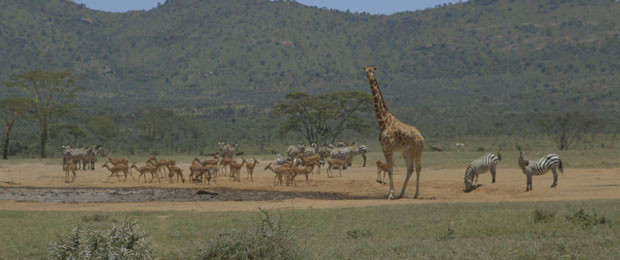
As with all Disney Animated films there was a lot of research that went into the film. This included over 18 months learning about animals and their movement. Several members of the team that created Zootopia embarked on research trips to get a better understanding. These trips ranged from local zoo visits to Disney’s Animal Kingdom at Walt Disney World to Kenya in Africa. On these trips they looked at the broad/wide shot of the animals.
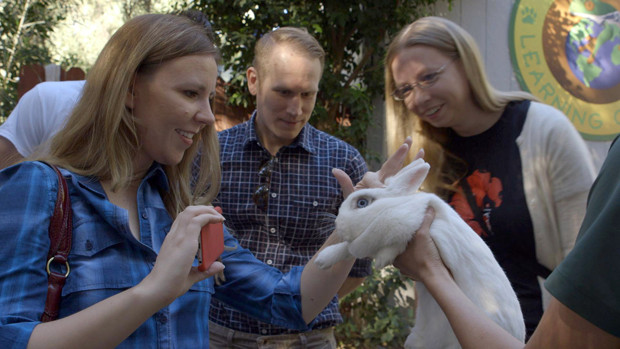
Animals were also brought into the Studio for Animators to study and learn from. Director Byron Howard – “We studied how they interact in the wild, how they socialize and how their individual communities are built in the natural world. We learned and observed that animals of all kinds tend to stay with animals that look like them; they find refuge and protection within their individual groups and tend to avoid animals that are different”

The team also spent time researching the close-up and physics of the animals too, all the may to the microscopic level. For example they studied how the fur of animals interacts with the environment and what it actually is.
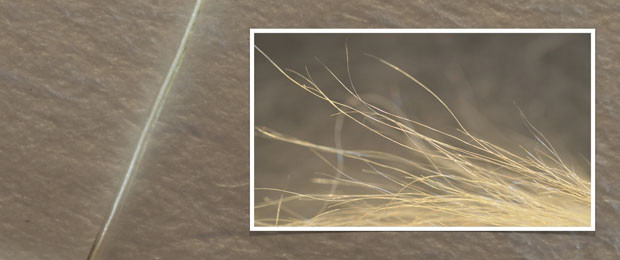
Did you know polar bear fur is actually clear? Once they learned this they had to then create the appropriate models and rendering physics so the Polar Bears look correct when used in the film.
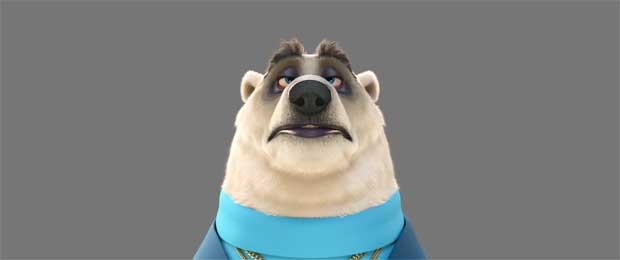
They also researched how fur moves with the wind. They spent over 9 months developing how the fur on the citizens of Zootopia would respond to wind. Or the fact that giraffe fur is 10 times thicker than that on a mouse. The numbers of what had to be rendered for this film are amazing. A single giraffe had 9.2 million hairs on it. They created over 800,000 unique animals to populate the world we will see on the screen.
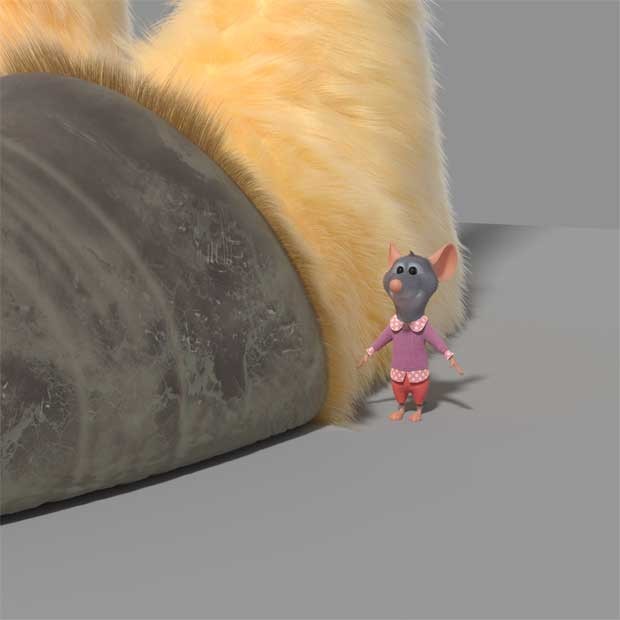
Early on they had to establish a sense of scale in the film. They described this as being Jumbo to Itty Bitty. They based a scale off of the size of a mouse. They set a scale where a giraffe equaled 97 mice. This helped to guide the cities design philosophies.
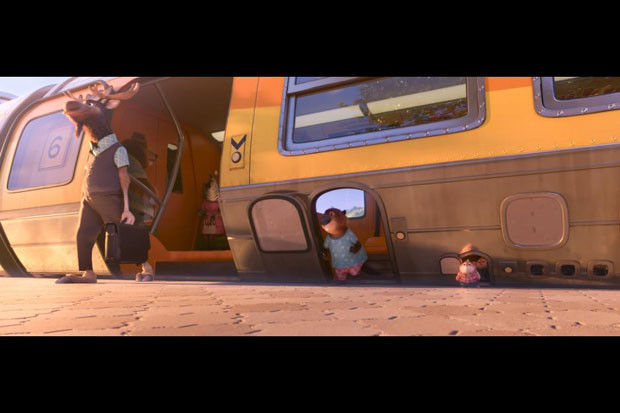
They needed to take into account how mammals of all sizes would go about their lives within the city. For example transportation systems. The image above shows how the train has different doors, windows, etc.. for the various size animals.

The Zootopia team spent time looking at how these animals should dress and act. They needed to find the proper balance between animal behaviors and human emotions that would “work”. All of this research and experimenting led to the creation of the characters that inhabit Zootopia and how they go about their lives to bring the story of the film to life.
